This is an image of the solar system.
Click on image for full size
The Solar System
The solar system is made up of the Sun, the
planets and
dwarf planets
and their
known moons, asteroids,
comets, dust and gas. The planets, asteroids,
and comets travel around the
Sun, the center of our solar
system.
Most of the bodies in the solar system travel around the Sun along nearly circular paths or orbits, and all the planets travel about the Sun in the anticlockwise direction (when viewed from above).
Solar system formation began billions of years ago, when gases and dust began
to come together to form the Sun, planets, and other bodies of the solar system.
You might also be interested in:
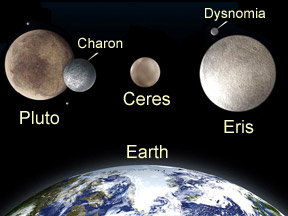
In 2006 the International Astronomical Union (IAU) approved a new classification scheme for planets and smaller objects in our Solar System. Their scheme includes three classes of objects: "small solar
...more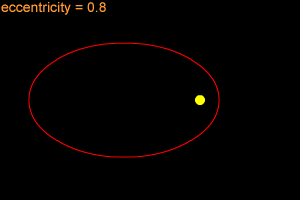
You may think that most objects in space that orbit something else move in circles, but that isn't the case. Although some objects follow circular orbits, most orbits are shaped more like "stretched
...more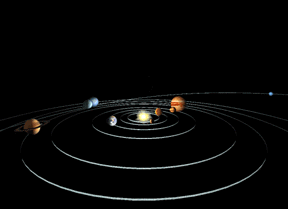
Scientists believe that the solar system was formed when a cloud of gas and dust in space was disturbed, maybe by the explosion of a nearby star (called a supernova). This explosion made waves in space
...more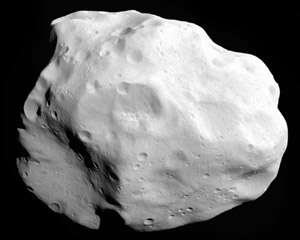
Lutetia is a medium-sized asteroid. It orbits the Sun in the main asteroid belt between the planets Mars and Jupiter. Its official name is "21 Lutetia" because it was the 21st asteroid discovered. Lutetia
...more
The solar system is made up of the Sun, the // Call the planets count function defined in the document head print_planet_count('planets'); planets and // Call the planets count function defined in the
...more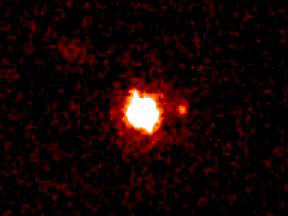
Eris is a dwarf planet in our Solar System. Eris was one of the first three objects classified as a dwarf planet, along with Pluto and Ceres. Eris was first spotted in January 2005. Eris is a large sphere
...more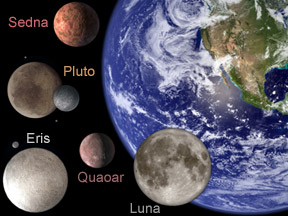
Do you know what a planet is? If so, you are doing better than professional astronomers! Right now astronomers aren't quite sure how to define a planet. Maybe you've heard that some astronomers think Pluto
...more













